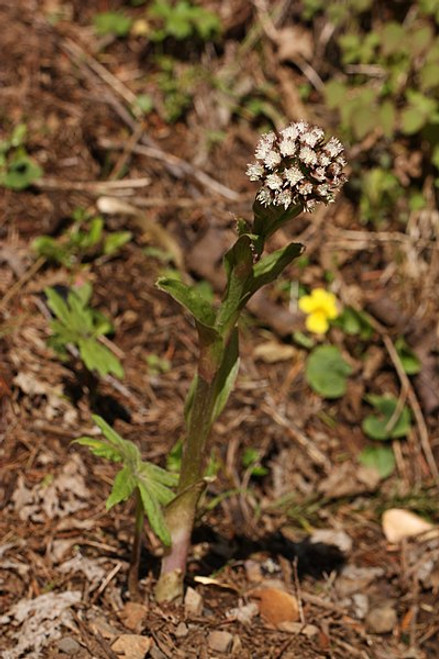Plant Overview
One of our wonderful native perennial wildflowers from the pea family. Widespread and found in all kinds of grassy places, from lawns to downlands, roadside verges to heathlands, common bird's-foot-trefoil can be seen flowering from May to September.
The name 'bird's foot' refers to the appearance of the seed pods on their stalk. Five leaflets are present, but with the central three held conspicuously above the others, hence the use of the name 'trefoil'.
It is often used as forage and is widely used as food for livestock due to its nonbloating properties.
Like all of our native wildflowers, this is wonderfully adapted to suit our native pollinators such as bees, butterflies, hoverflies etc. It also grows according to its environment. For example, in a lawn it rarely exceeds 2-3", but in an uncut hay meadow, it will reach 18" or so.
Bird's-foot-trefoil has a variety of names that conjure up some interesting images: 'Eggs and Bacon', for instance or 'Granny's toenails', which gives an instant, and perhaps unpleasant, impression of the claw-like seed pods.
Grow in a wildflower meadow or area or at the front of beds or in containers.
Height and Spread: 15cm x 30cm.
Common names: Bird's foot trefoil; Eggs and Bacon; Granny's toenails; Bird's foot clover; Bloomfel; Butter-jags; Cheesecake grass; Cross toes; Crow's foot; Crowtoes; Fingers and thumbs; Fingers and toes; Ground honeysuckle; Lamb's cress; Lamb's toes; Sheep foot; Shoes and stockings.
Photo: Isidre blanc, CC BY-SA 4.0, via Wikimedia Commons





